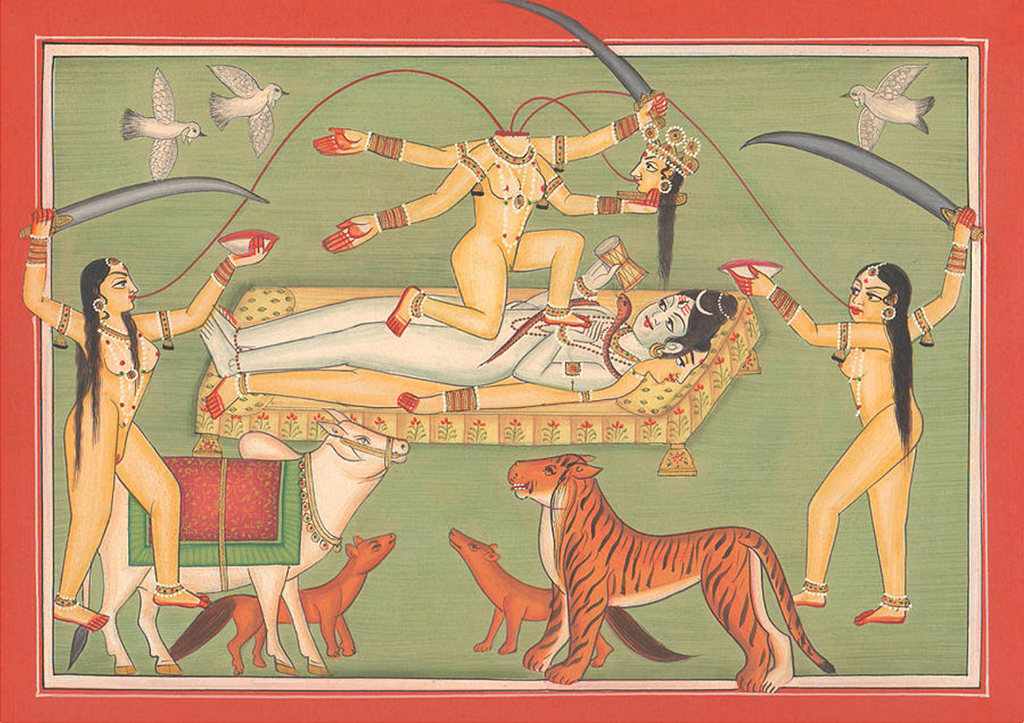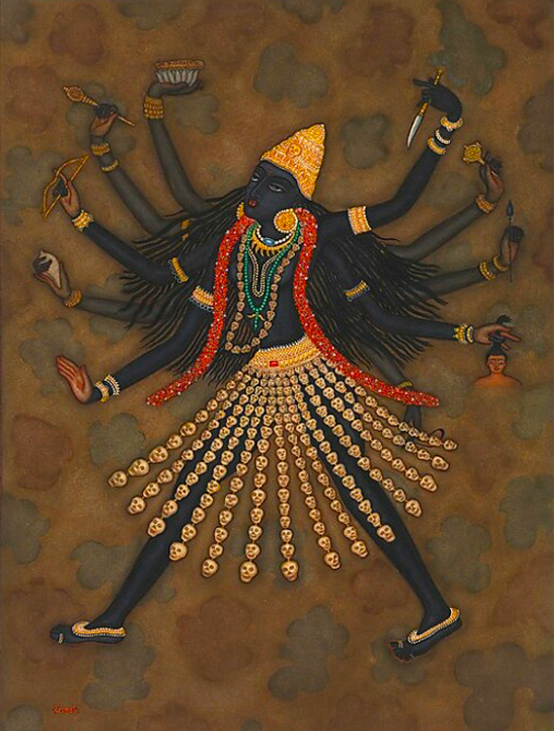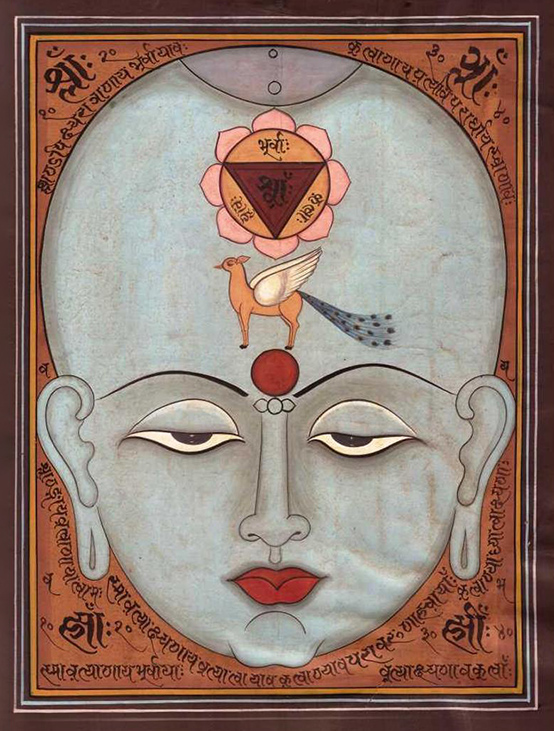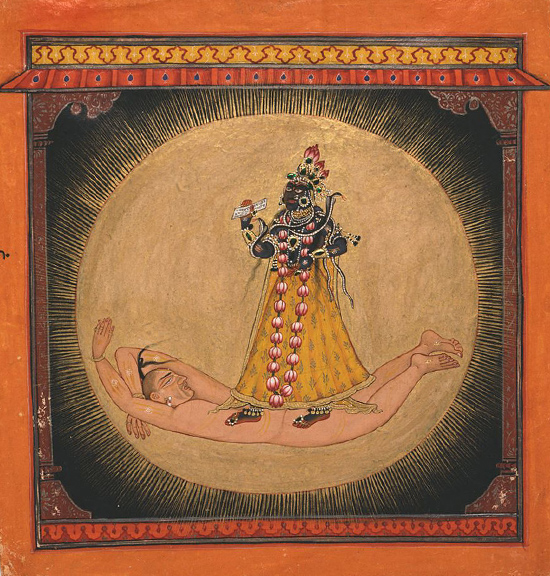The job of Nature (in Sanskrit, Prakrti) is to give form and limits to consciousness, to finitize awareness. In the human context Prakriti represents your ‘first action’ (pra+ krti), the choice of action which you naturally, instinctively make when you are confronted by a need to act. This innate ‘nature,’ which is inborn in each of us, present in our genetic material, controls how we experience the world. Until you have conquered this innate nature, you will have to experience its many limitations, for svabhavo vijayati iti shauryam: “the true heroism is to conquer your own nature”.
What you will get out of your life will depend in great measure on what kind of shakti you invite into it. Lakshmi, the most fixed and pre-determined of these shaktis, is ultimately the most limited, for though Lakshmi can often provide quick results they may also quickly dissipate; “easy come, easy go.” Most humans are stuck in physical awareness, attracted strongly to the Maya of obtainable wealth; many want to gain their prosperity in the quickest, easiest way possible. Relatively few people nowadays are interested in creating knowledge, and very few are interested in locating the essence of knowledge.
It is relatively easy nowadays to possess and transfer the crudest forms of shakti, like money. Obtaining or transferring knowledge shakti is harder work but is still quite doable by most people. Astral shakti, however, the field in which Tantra operates, resists being possessed, transferred, organized, or even understood. It must instead be imaged. Tantra aims to create and bring to life within you an image of your ishta devata, your chosen deity, so that your ishta can evolve you into something new. For this to happen your personal shakti, your Kundalini, must become able to mirror your ishta, and for that to happen your ahamkara (Maya) must be transmuted into Kundalini (Chit). As the concentrated Chit Shakti that is Kundalini awakens within, the Maya of the matter that makes up our bodies, a Maya that steadfastly resists spiritual transformation, finally begins to diminish.
Many people today have heard of Kundalini, and many set out to awaken Her without an awareness of either how to proceed or what to avoid, and without first preparing themselves for that awakening. But Kundalini is a sleeping serpent, and just as it would be most unwise to awaken a hefty cobra snoozing in your home without first preparing and protecting yourself, so it is most unwise to prod Kundalini into arousal without some preliminary groundwork.
Much of what is “known” in the world about Kundalini is balderdash, including the dogma that there “are” six chakras, when in fact there are different potential numbers of chakras, none of which actually exist until they are created within the sadhaka. Also, when Kundalini awakens completely no ahamkara will remain to identify with the body, which means that the individual must cease to exist on Earth. No incarnate being ever quite becomes wholly spiritual, for some Maya will remain with you so long as you remain embodied. All Kundalini awakenings are thus partial, and the course and progression of her awakening is never the same in different individuals.
Moreover, as Kundalini progressively replaces ahamkara immense intensification of one’s experiences will occur, and in those who are engaged in “seeking their bliss” this can lead to confusion between actual bliss and mere pleasure. Tantra’s reputation for creating sex machines or magicians who promise riches and power rests on the wrong understanding that the Tantric path consists of one episode of ecstasy after another, when in fact the heightening of your pleasure will be matched, and often exceeded, by the depths of the dissatisfaction and pain you will feel in low-pleasure circumstances. Sincere lovers of God know how starkly the pleasure of the Divine Presence appears in the context of separation therefrom.







